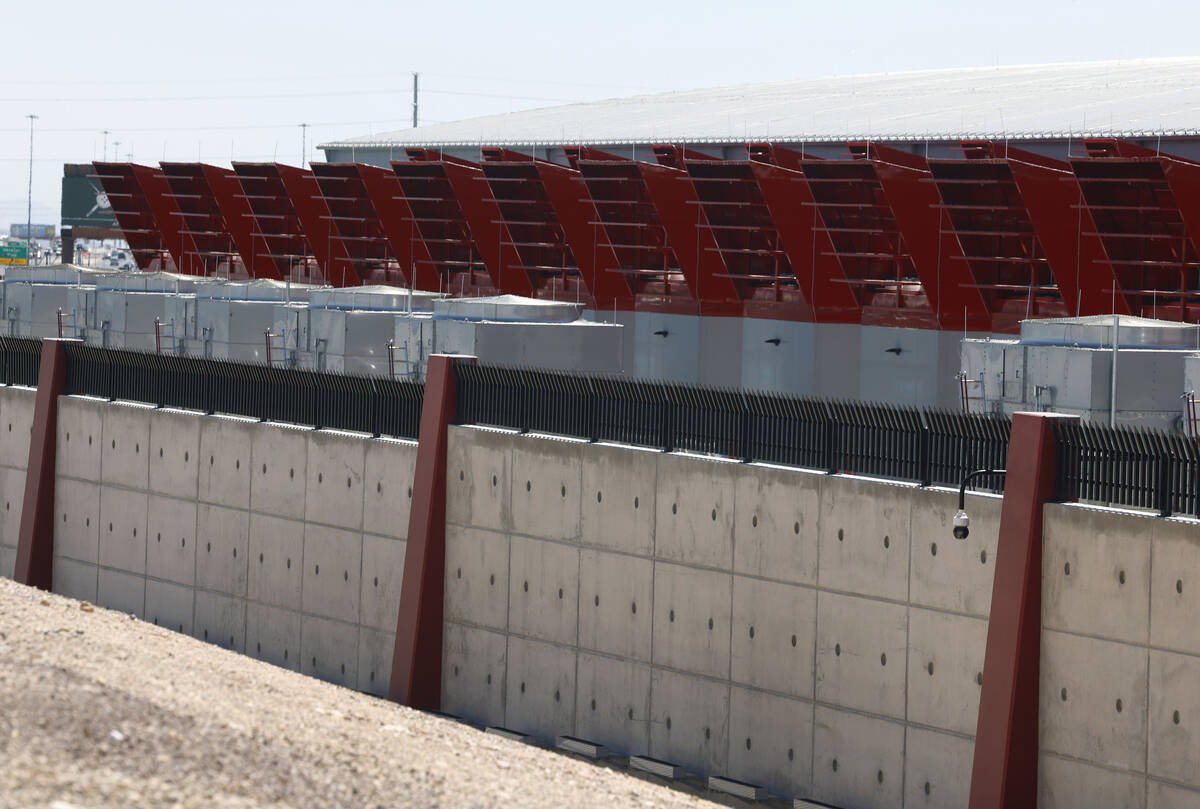Nevada's data center surge sparks power and water crisis

The Rising Concerns of Nevada’s Data Center Expansion
Nevada is facing a growing challenge as the demand for data centers continues to surge. These facilities, essential for storing cloud data and powering search engines, are consuming vast amounts of energy and water, raising concerns about the state’s natural resources and infrastructure. A recent report from the nonprofit Western Resource Advocates highlights the potential risks associated with this rapid growth, urging policymakers to implement stronger regulations.
The report emphasizes that the expansion of data centers could lead to higher energy bills, an overburdened power grid, and increased strain on Nevada’s already scarce water supply. With the state being one of the driest in the country, the environmental impact of these facilities is a pressing issue.
Protecting Customers from Higher Costs
NV Energy, the primary utility provider in Nevada, has taken steps to ensure that new developments do not place an undue burden on existing customers. According to Meghin Delaney, a spokeswoman for NV Energy, the company is setting up agreements that require new data centers to cover their own costs. This approach aims to prevent everyday Nevadans from paying for the expansion of the electrical infrastructure needed to support these facilities.
Delaney pointed to several initiatives, including power purchase agreements approved in the 2024 Integrated Resource Plan (IRP) and the 400-megawatt Sierra Solar and Battery Energy Storage System in Churchill County. Additionally, two multibillion-dollar Greenlink transmission lines are being developed to accommodate more energy projects in rural areas.
Despite these efforts, load growth estimates in NV Energy’s IRP have nearly doubled from 2021 to 2024, with major data center projects identified as the primary driver of this increase.
Water Usage and Environmental Impact
Water-intensive data centers are placing significant pressure on the Colorado and Truckee Rivers, which are vital lifelines for desert communities. Olivia Tanager, director of the Nevada chapter of the Sierra Club, expressed concern about the use of water resources for data centers and AI technologies.
Tanager questioned whether it was wise to allocate precious water supplies for data centers when they could be used for more essential purposes. She referenced the rise of AI-powered tools like ChatGPT, suggesting that the focus should be on sustainable resource management rather than supporting technology that may not benefit all residents equally.
Regional Differences in Data Center Development
The outlook for data centers varies significantly between Northern and Southern Nevada. In Southern Nevada, a ban on evaporative cooling systems has limited the types of cooling methods that can be used. This ban, solidified in February 2024, prevents water from being captured and returned to Lake Mead, a critical water source for the region.
The Southern Nevada Water Authority has the authority to reject water-intensive data centers, according to Bronson Mack, a spokesman for the agency. A legislative effort to overturn the ban failed earlier this year, highlighting the ongoing debate over water usage and regulation.
In contrast, Northern Nevada is experiencing a surge in data center activity, particularly in the Tahoe-Reno Industrial Center. This area is poised to become a global hub for data centers, with significant demands for electricity and water. Companies operating in this region are exploring innovative solutions, such as using effluent wastewater for cooling and generating their own power to reduce reliance on the grid.
Balancing Economic Growth and Environmental Protection
While some see the data center boom as an opportunity for economic growth, others are concerned about its environmental impact. Scott Whittemore, a consultant working with tech companies, emphasized the need to quickly deploy energy generation assets to meet the rising demand. He noted that the location of data centers depends largely on whether utilities can accommodate them.
Taylor Adams, CEO of the Economic Development Authority of Western Nevada, highlighted the importance of innovation in addressing the challenges posed by data centers. New technologies are emerging to mitigate the demand for water and energy, but advocates argue that more regulatory measures are needed.
The Role of Tax Abatements
Nevada has implemented tax abatement packages to attract data centers, offering significant reductions in personal property and sales taxes. However, these incentives come at a cost. A recent report indicated that the state lost nearly $140 million in revenue due to these abatements. Tanager of the Sierra Club suggested that the state should reconsider these incentives and prioritize data centers that work collaboratively with local communities.
On the other hand, Taylor Adams of the Economic Development Authority sees these abatements as a valuable investment. He argued that data centers provide stable revenue for local governments and are less vulnerable to economic downturns compared to other industries.
Looking Ahead
As the data center boom continues, Nevada faces a complex decision: how to balance economic growth with environmental sustainability. While the state has made progress in securing clean energy projects and implementing innovative solutions, the long-term impact of this expansion remains uncertain. The question is not just about where these facilities will be built, but how they can be developed in a way that benefits both the economy and the environment.
Post a Comment for "Nevada's data center surge sparks power and water crisis"
Post a Comment